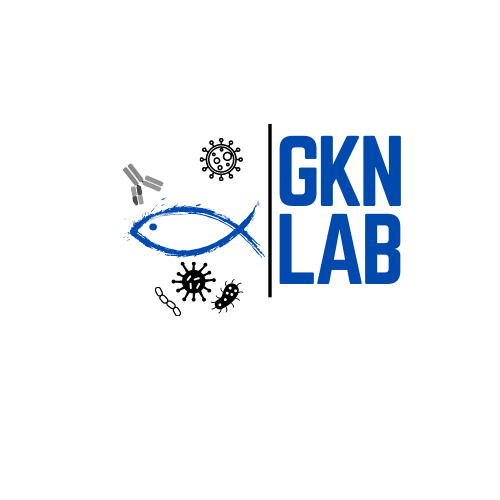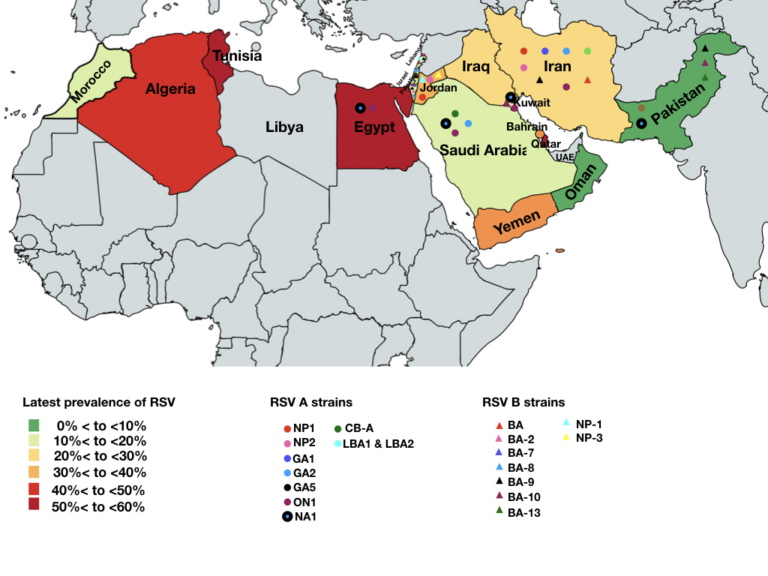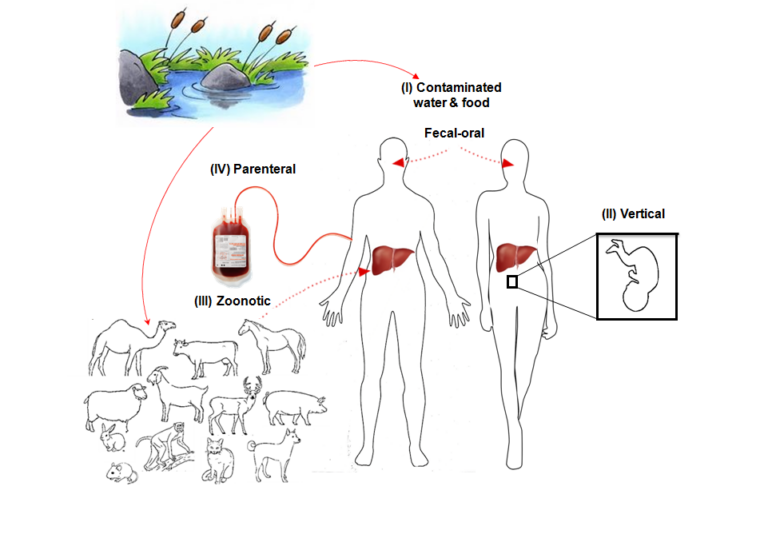
Research Details
- Research Name : “Safe” Chitosan/Zinc Oxide Nanocomposite Has Minimal Organ-Specific Toxicity in Early Stages of Zebrafish Development
- Research Year : February 22, 2019
Marine biofouling is considered to be one of the most challenging issues affecting maritime industries worldwide. In this regard, traditional biocides, being used to combat biofouling, have high toxicity toward aquatic systems. Recently, a new chitosan/zinc oxide nanoparticle (CZNC) composite has been used as a promising “green” biocide. It is thought that because of the ecofriendly nature of chitosan, CZNCs may pave the way to developing less toxic surfaces for combating marine fouling. Zebrafish has become one of the most employed models for ecotoxicology studies. Therefore, this study aims to comprehensively evaluate any potential acute, cardio, neuro, or hepatotoxic effect of CZNCs using zebrafish embryos. As evidenced by the acute toxicity assays, exposing zebrafish embryos to CZNCs (25–200 mg/L) did not elicit any signs of acute toxicity or mortality, suggesting a hypothetical LC50 higher than the maximum dose employed. CZNCs, at a concentration of 250 mg/L, also showed no cardiotoxic or neurotoxic effects. At the same dosage, a minor hepatotoxic effect was observed in zebrafish embryos exposed to CZNCs. However, the observed hepatotoxicity had no effect on embryo survival even after long-term (10-days) exposure to CZNCs. We believe our results add valuable information to the potential toxicity of chitosan/metal oxide nanocomposites, which may provide new insights into the synthesis of ecofriendly coatings with improved antifouling performance and a low adverse impact on the marine environment.



